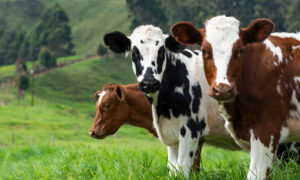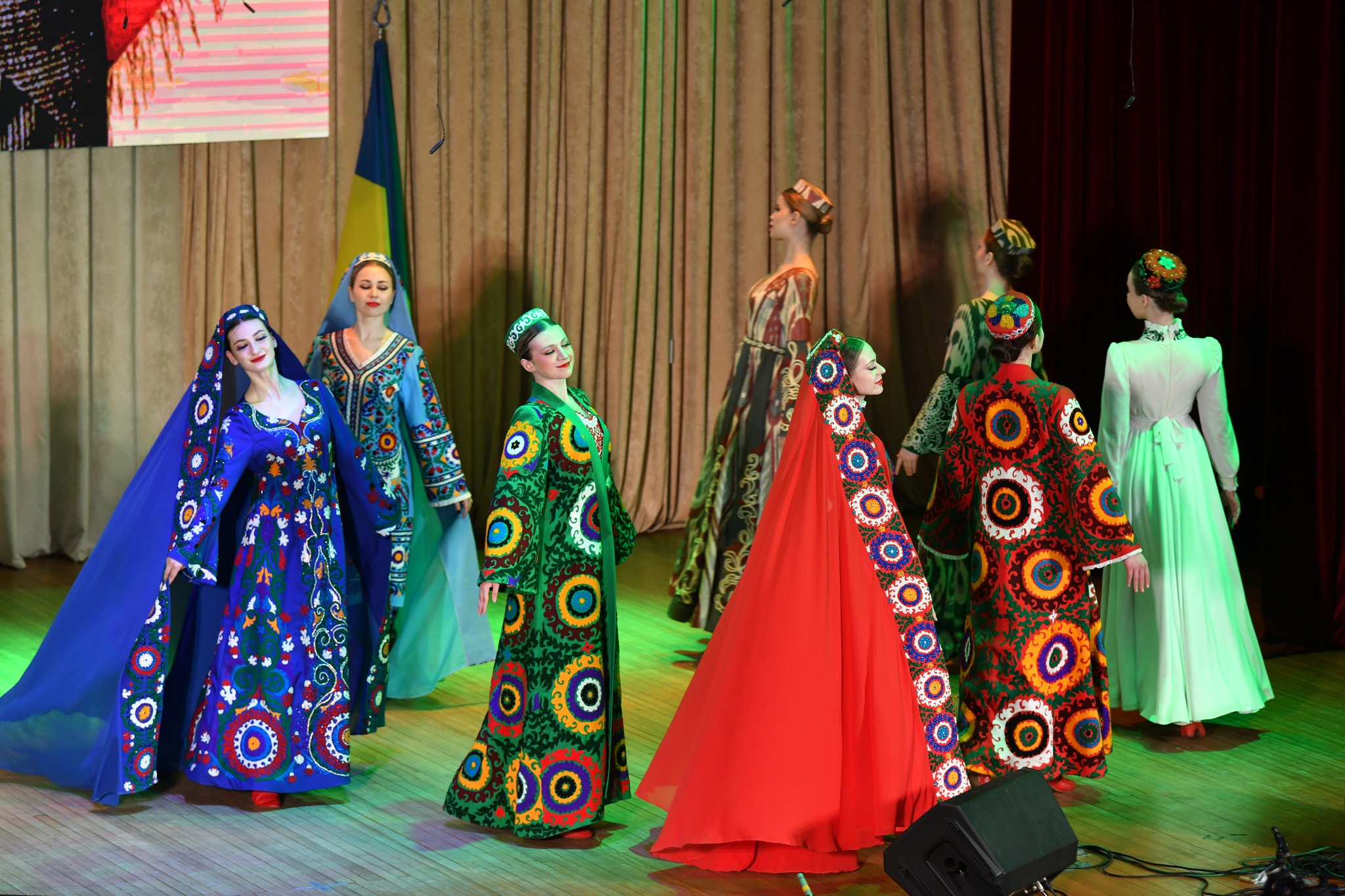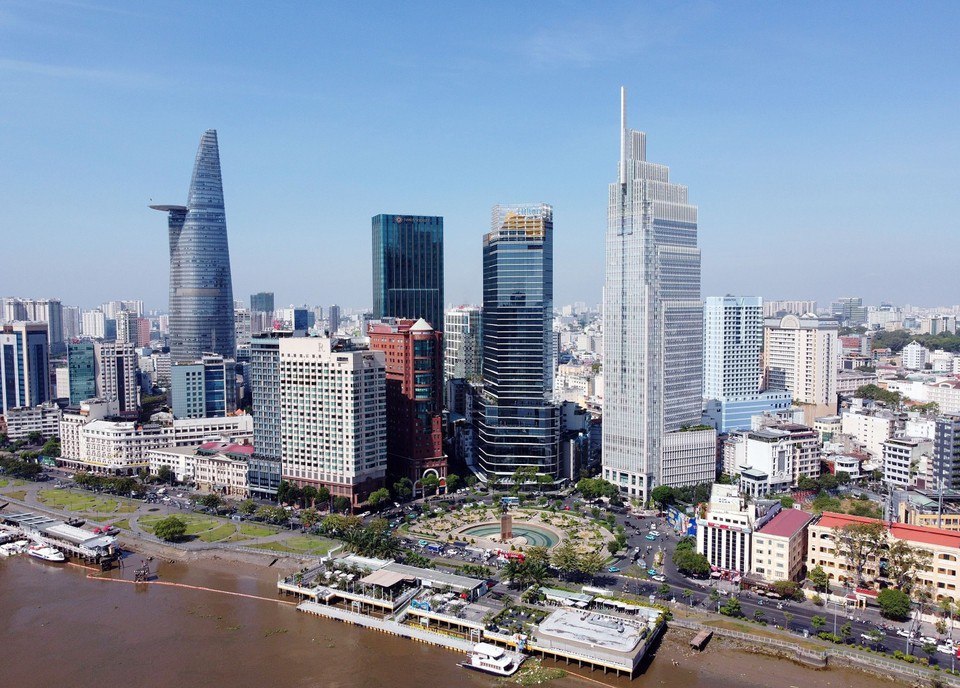
Refined copper production in the world in 2025 will increase by about 2.9% to 28.9 million tons, according to the International Copper Study Group (ICSG).
This will be driven by the expansion of production capacity in China and the launch of new facilities in other countries, primarily in Indonesia, India and the Democratic Republic of Congo (DRC).
In 2026, copper production is expected to grow by 1.5% to over 30.8 million tons.
Demand for copper this year is expected to increase by 2.4% to 28 million tons. “Given the uncertainty surrounding international trade policy, which is likely to weaken the global economic outlook and negatively impact copper demand, the growth rate estimate has been revised downward from the group’s September forecast, which assumed a 2.7% increase,” the report said.
In 2026, global copper consumption may increase by 1.8% to about 28.5 million tons.
At the same time, demand in China is projected to grow by about 2% in 2025 and 0.8% next year, according to experts.
In 2024, the world recorded a copper surplus of 138 thousand tons. This year, the surplus of the metal on the global market is expected to be about 289 thousand tons, and in 2026 – 209 thousand tons.
When making forecasts, ICSG understands that the situation on the global market can change under the influence of numerous factors, the report says.
The International Copper Study Group, established in 1992, is an intergovernmental organization that serves as a vehicle for international discussion and cooperation on copper-related issues. The ICSG is the only multilateral institution dealing with copper production, consumption and trade. The group consists of 25 countries, including the European Union, Kazakhstan and Russia.

The volume of cattle slaughter in Ukraine in March almost doubled (+97%) compared to the previous month, to 20.1 thousand tons from 10 thousand tons, but was 10% (2.3 thousand tons) less than in March 2024, according to the Association of Milk Producers (AMP).
The industry association noted that in January-March 2025, slaughter volumes in Ukraine amounted to 44 thousand tons, which is 3 thousand tons (-7%) less than in the previous year. In March 2025, enterprises produced 33% of beef from the total slaughter volume, and households – 67%.
The AMP cited preliminary data from the Ministry of Agrarian Policy and Food, according to which in March this year the volume of cattle slaughter at enterprises reached 6.6 thousand tons, which is 400 tons more (+ 6%) than in February 2025, however, 300 tons less (-4%) than in March 2024. In the first quarter of 2025, slaughter volumes at agricultural enterprises amounted to 13.3 thousand tons, which is 300 tons (+2%) more than in the same period last year.
In March 2025, the slaughter of cattle in households amounted to 4 thousand tons, which is 3 thousand tons less (-40%) compared to February 2025 and 1 thousand tons less (-13%) compared to March 2024. In January-March 2025, slaughter volumes in households amounted to 19.9 thousand tons, which corresponds to the figures for the first quarter of 2024.
At the same time, the total slaughter of farm animals, not only cattle, but also pigs, sheep, and birds in the first quarter of 2025 amounted to 749.4 thousand tons, which is 3% less than in January-March a year ago.
The business association said that in March 2025, slaughter volumes increased most significantly at agricultural enterprises in Zakarpattia (+214%), Zaporizhzhia (+71%), Mykolaiv (+41%), Kharkiv (+42%), Chernivtsi (+32%) regions compared to March last year.
Most of the slaughtered animals were sold by agricultural enterprises in Vinnytsia (155.4 thousand tons), Cherkasy (102.6 thousand tons), Dnipropetrovs’k (87.9 thousand tons), Lviv (44.8 thousand tons) and Kyiv (31.4 thousand tons) regions.

The summit of Central Asian countries and the Gulf Cooperation Council (GCC) will be held on May 5 in Samarkand. This was announced by the Minister of Foreign Affairs of Uzbekistan Bakhtiyor Saidov following the third meeting of foreign ministers in the format of the Central Asia – GCC strategic dialogue.
“We are looking forward to the Samarkand Summit on May 5 – an important milestone on the way to deepening ties between our regions. United by common values, strategic potential and unity of vision, we are building a new chapter in cooperation between Central Asia and the Gulf states,” the Uzbek Foreign Minister wrote on his telegram channel.

Celebrations on the occasion of the spring festival Navruz took place on April 23 in Kyiv, organized by the Embassy of the Republic of Tajikistan in Ukraine together with the National University of Life and Environmental Sciences of Ukraine and the Public Diplomacy Foundation.
The event was attended by more than 600 people: representatives of the Ministry of Foreign Affairs, the Ministry of Culture and Strategic Communications of Ukraine, the Kyiv City State Administration, ambassadors and diplomats of foreign countries, heads of international and regional organizations, rectors and teachers of higher education institutions, figures of science, culture, business and public organizations.
The cultural program of the event included watching videos about Navruz celebrations and tourism opportunities in Tajikistan, recitation of poems by Tajik classics by students of the Faculty of Oriental Studies of Taras Shevchenko National University of Kyiv, demonstration of national costumes of Tajikistan and Ukraine, and a joint concert with folk songs and dances.
As part of the celebration, an exhibition of photographs of Tajik women in national costumes, including chakan and atlas, as well as paintings by Ukrainian artist Lyudmyla Kobycheva “Philosophy of Spring” and works from the Ethno Fashion collection by Kateryna Potlova “Peace to Your Family, Ukraine!” were organized.
Among the guests of honor were People’s Artist of Ukraine Femiy Mustafayev, Honored Artist of Ukraine Olena Dobroziy, and the head of the Kalinochka artistic collective Maria Yastrebova.
In his speech, Ambassador of Tajikistan to Ukraine Davlatali Nazarzoda emphasized the historical importance of Nowruz as a holiday of ancestors, which, thanks to the efforts of Tajik President Emomali Rahmon, has become a worldwide holiday. He emphasized the unifying role of Nowruz in the development of intercultural relations.

Vadym Tkachuk, Rector of the National University of Life and Environmental Sciences of Ukraine, emphasized that the celebration at the university helps to strengthen international relations and exchange of cultural traditions.
Yaroslav Hadzalo, President of the National Academy of Agrarian Sciences of Ukraine, expressed his respect for the Tajik people and emphasized the need to expand cooperation between Ukraine and Tajikistan in the field of agricultural development.
Head of the Public Diplomacy Foundation of Ukraine Fedir Lavrynenko emphasized the importance of public diplomacy as an important factor in bringing different peoples and cultures closer together.
Comparing the traditions of Tajik Navruz and Ukrainian Easter, Ukrainian orientalist Oleksandr Shokalo emphasized the deep cultural parallels between the two nations.
At the end of the celebration, the participants had the opportunity to socialize at the festive tables, where Tajik and Ukrainian national dishes were presented.
The culmination of the celebration was a football match for the Cup of the Ambassador of Tajikistan and the Rector of the University between the joint team of the Embassy and the Tajik diaspora and the team of NULES of Ukraine.
Source: https://interfax.com.ua/news/diplomats/1067312.html

On April 30, 2025, Vietnam celebrates the 50th anniversary of the country’s reunification, which has become a major milestone in the history of not only the republic itself but also the entire Southeast Asian region. This event put an end to the long-lasting military conflict and became a symbol of the victory of national unity, self-determination and independence.
Historical significance
On April 30, 1975, the fall of Saigon ended a more than twenty-year war that claimed millions of lives. This date marked the unification of North and South Vietnam and the beginning of a new stage in the country’s history.
The liberation of South Vietnam was the result of the Vietnamese people’s heroic struggle for sovereignty, will to self-determination, and ability to resist external interference.
Half a century of transformation: economic and social breakthrough
Today, Vietnam is among the fastest growing economies in Asia. Since the launch of the Đổi Mới reforms in 1986, the country’s GDP has increased tenfold.
– GDP in 2023 exceeded $476 billion;
– Exports reached a record $405.53 billion;
– The country has become a major production and logistics hub for global corporations.
Active foreign economic policy, steady growth rates, attention to innovation and green economy – all this shapes Vietnam’s image as a reliable international partner.

Potential for cooperation with Ukraine
In the context of global supply chain reformatting and geopolitical shifts, Vietnam-Ukraine relations are gaining new importance.
– Ukraine offers strong agricultural and engineering potential;
– Vietnam – access to ASEAN, low production costs, and logistics location.
Cooperation is possible in the following areas:
– Energy (solar and wind),
– IT and outsourcing,
– electronics and textile production,
– agricultural technologies and education.
Looking to the future
Celebrating its half-century anniversary, Hanoi is not only summarizing its historical results, but also signaling its readiness to meet new global challenges. Vietnam’s economic strategy until 2045 envisages joining the ranks of highly developed countries.
In this context, deepening ties with Ukraine, as part of the new Eastern European configuration, may open additional channels for the development and modernization of both countries.
Information about the Socialist Republic of Vietnam
– Area: about 331,212 km²
– Population: about 98 million people (2022)
– Literacy rate: about 94%.
– Main trading partners: China, USA, Japan, South Korea, Germany
– Main exports: electronics, textiles, footwear, seafood, coffee, rice
– GDP growth over the past 10 years: from 2013 to 2023, GDP grew from $187 billion to $410 billion, indicating significant economic growth in the country.

Leading plastic surgeons from all over Ukraine gathered at the Breast Weekend 2.0 conference organized by Lita Plus clinic on the initiative of its founder, Sergey Derbak.
At the conference, which took place on April 26 in Uzhhorod, leading experts discussed, among other things, modern approaches to reconstruction after trauma and cancer, which is an extremely important area for Ukrainian medicine in the context of war and the ever-growing need to restore the quality of life of victims.
“Today, plastic and reconstructive surgery in Ukraine is reaching a new level. It is not only about restoring appearance, it is about restoring people’s faith in themselves, in life, in the future. And we, the medical community, must do everything possible to support our people and our country,” said Serhiy Derbak, founder of Lita Plus clinic and initiator of the conference.
Breast Weekend 2.0 has become not only a manifestation of support for the army, but also an important step for the development of plastic and reconstructive surgery in Ukraine, an industry that is now gaining new strategic importance and shaping the future of national medicine.
Source: https://interfax.com.ua/news/pharmacy/1067245.html
Breast Weekend 2.0, CLINIC, Lita Plus, MILITARY, plastic surgery, Serhiy Derbak